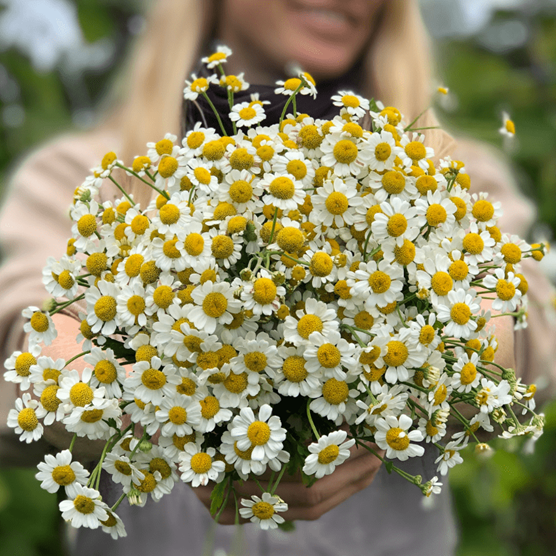A nurse is reviewing laboratory results of a client who has atrial fibrillation and is taking warfarin. For which of the following results should the nurse notify the provider?
Platelets 190,000/mm3
Hct 44%
PT 45 seconds
Hgb 16 g/dL
The Correct Answer is C
Choice A reason: Platelets 190,000/mm3 is within the normal range of 150,000 to 450,000/mm3. This result does not indicate a bleeding risk or a need to adjust the warfarin dose.
Choice B reason: Hct 44% is within the normal range of 37% to 47% for females and 42% to 52% for males. This result does not indicate anemia or polycythemia, which could affect the warfarin therapy.
Choice C reason: PT 45 seconds is above the normal range of 11 to 13.5 seconds. This result indicates that the blood is taking too long to clot, which increases the risk of bleeding. The nurse should notify the provider and expect a decrease in the warfarin dose.
Choice D reason: Hgb 16 g/dL is within the normal range of 12 to 16 g/dL for females and 14 to 18 g/dL for males. This result does not indicate anemia or polycythemia, which could affect the warfarin therapy.
Nursing Test Bank
Naxlex Comprehensive Predictor Exams
Related Questions
Correct Answer is C
Explanation
Choice A reason: Black cohosh is an herbal supplement that is used to treat menopausal symptoms, such as hot flashes and mood swings. It does not have a significant interaction with warfarin and does not affect the coagulation status of the client.
Choice B reason: Echinacea is an herbal supplement that is used to boost the immune system and prevent or treat common colds and infections. It does not have a significant interaction with warfarin and does not affect the coagulation status of the client.
Choice C reason: Feverfew is an herbal supplement that is used to treat migraines, arthritis, and fever. It has a significant interaction with warfarin and can increase the risk of bleeding and bruising. It can also reduce the effectiveness of warfarin and alter the client's international normalized ratio (INR).

Choice D reason: Flaxseed is an herbal supplement that is used to lower cholesterol, blood pressure, and inflammation. It does not have a significant interaction with warfarin and does not affect the coagulation status of the client.
Correct Answer is A
Explanation
Choice A reason: Lidocaine is an antiarrhythmic medication that stabilizes the cardiac membrane and suppresses abnormal electrical impulses in the heart. It is used to treat ventricular dysrhythmias, such as ventricular tachycardia and ventricular fibrillation, which can occur after a cardiac arrest.
Choice B reason: Lidocaine is not primarily used to relieve pain, although it has local anesthetic properties. It is not effective for chest pain caused by myocardial ischemia or infarction.
Choice C reason: Lidocaine does not dissolve blood clots, nor does it prevent their formation. It has no anticoagulant or thrombolytic effects.
Choice D reason: Lidocaine does not slow intestinal motility, nor does it affect the gastrointestinal system. It has no antispasmodic or antidiarrheal effects.
Whether you are a student looking to ace your exams or a practicing nurse seeking to enhance your expertise , our nursing education contents will empower you with the confidence and competence to make a difference in the lives of patients and become a respected leader in the healthcare field.
Visit Naxlex, invest in your future and unlock endless possibilities with our unparalleled nursing education contents today
Report Wrong Answer on the Current Question
Do you disagree with the answer? If yes, what is your expected answer? Explain.
Kindly be descriptive with the issue you are facing.
